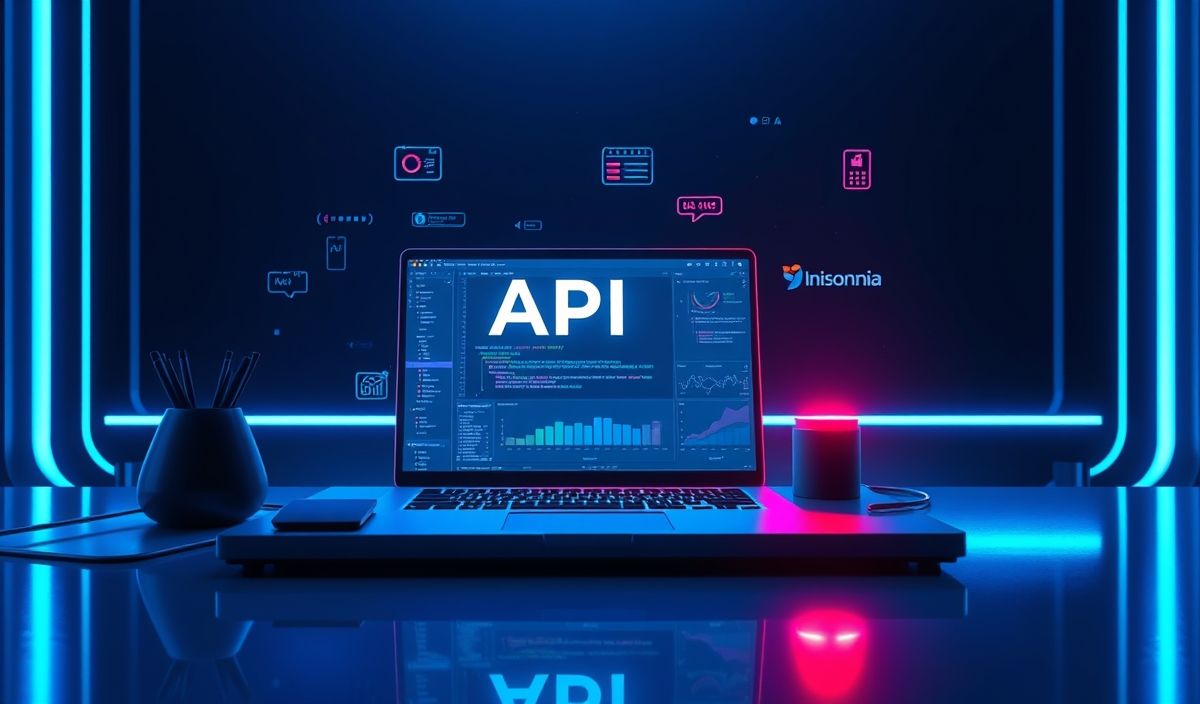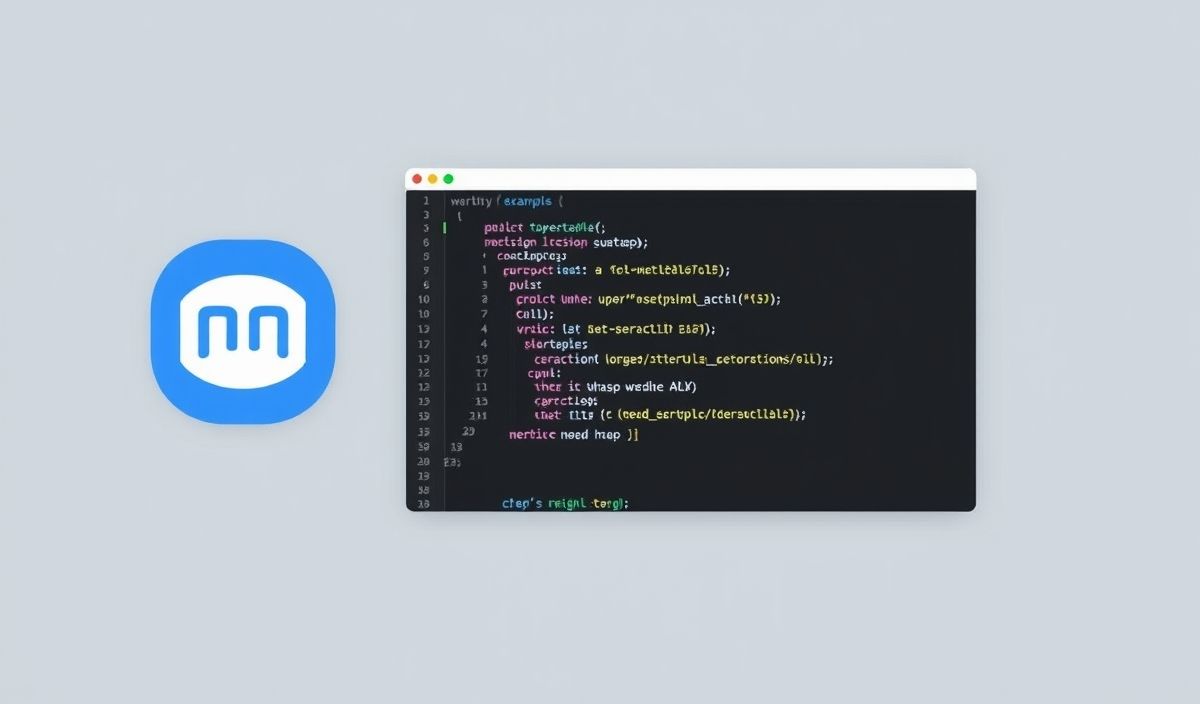Introduction to WebGL Logger
The webgl-logger is an essential tool designed to provide enhanced debugging capabilities for WebGL applications. By integrating webgl-logger into your projects, developers can obtain detailed insights and logs of WebGL operations, making it easier to identify and troubleshoot issues.
Setting Up WebGL Logger
To get started with webgl-logger, you first need to include the library in your project:
<script src="path/to/webgl-logger.js"></script>
API Overview and Usage
WebGL-logger offers a plethora of functions to facilitate WebGL debugging. Here are some useful API methods:
Initializing Logger
const logger = new WebGLLogger(glContext);
Logging GL Calls
To log all WebGL calls:
logger.logAllCalls();
Filtering Logs
You can filter which GL calls to log:
logger.setFilter(['clear', 'drawArrays']);
Clearing Logs
Clear logs at any time:
logger.clearLogs();
Retrieving Logs
Retrieve the logs for analysis:
const logs = logger.getLogs(); console.log(logs);
Saving Logs
Save logs to a file:
logger.saveLogs('webgl-logs.txt');
Sample WebGL Application with Logger
Here is an example of a simple WebGL application using webgl-logger:
// Setup WebGL context and logger const canvas = document.createElement('canvas'); document.body.appendChild(canvas); const gl = canvas.getContext('webgl'); const logger = new WebGLLogger(gl);
// Initialize shader program const vertexShaderSource = ` attribute vec4 position; void main() {
gl_Position = position;
} `; const fragmentShaderSource = ` void main() {
gl_FragColor = vec4(1, 0, 0, 1);
} `; const vertexShader = gl.createShader(gl.VERTEX_SHADER); gl.shaderSource(vertexShader, vertexShaderSource); gl.compileShader(vertexShader); const fragmentShader = gl.createShader(gl.FRAGMENT_SHADER); gl.shaderSource(fragmentShader, fragmentShaderSource); gl.compileShader(fragmentShader); const program = gl.createProgram(); gl.attachShader(program, vertexShader); gl.attachShader(program, fragmentShader); gl.linkProgram(program); gl.useProgram(program);
// Create and bind buffer const buffer = gl.createBuffer(); gl.bindBuffer(gl.ARRAY_BUFFER, buffer); const vertices = new Float32Array([
0, 0,
1, 0,
0, 1
]); gl.bufferData(gl.ARRAY_BUFFER, vertices, gl.STATIC_DRAW); const position = gl.getAttribLocation(program, 'position'); gl.enableVertexAttribArray(position); gl.vertexAttribPointer(position, 2, gl.FLOAT, false, 0, 0);
// Log all WebGL calls logger.logAllCalls();
// Draw gl.clear(gl.COLOR_BUFFER_BIT); gl.drawArrays(gL.TRIANGLES, 0, 3);
Hash: fbad9f28d3787453bbc0fa90577e969dcd144f61aa9f4571667ecd557aad5059




